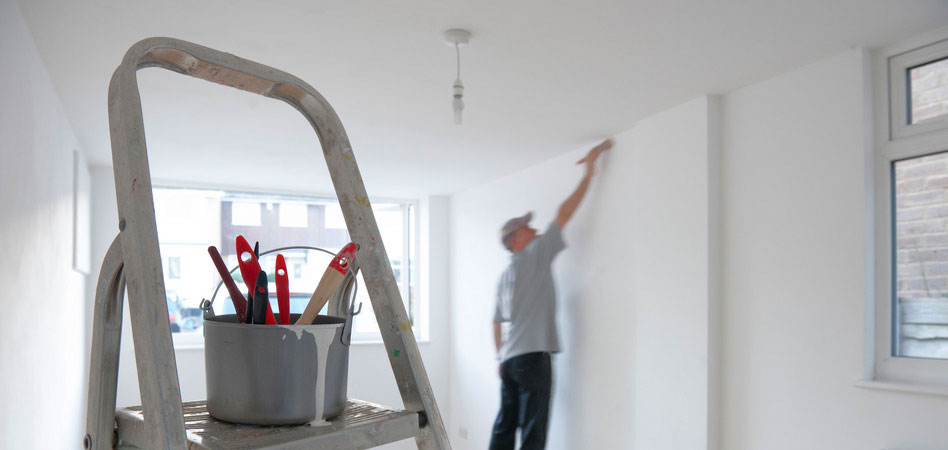Recent news is full of fears over high and unclear charges over short term bridging loans are leaving landlords seeking alternatives for funding buy to let refurbishments.
The Financial Services Authority has voiced concerns about ‘retained interest’ charged by bridging lenders and has written to every regulated firm asking them to confirm how their rates and costs are calculated.
The move has discouraged some landlords in the Seaford area from taking bridging loans to refurb letting properties before refinancing to a mainstream property investment mortgage lender.
Three of these bank and specialist lenders offer sometimes limited funds to landlords for fixing up buy to let and house in multiple occupation investments.
The loans are not aimed at major redevelopments or to pay, but light refurbishments, which include:
- Fitting a kitchen or bathroom
- Painting and decorating
- Sorting out damp problems
- Rewiring
- Fitting central heating and boilers
- Fitting windows and doors
- Plastering inside
- Rendering or pointing outside
The three lenders are:
- The Mortgage Works – Covering buy to let refurbs but not HMOs or multi-let blocks.
- Aldermore – Up to 70% loan-to-value on licensed HMOs at LIBOR plus 5.4% (5.914%). The rate may jump by up to 1% during the refurb.
- Shawbrook – Business loans for landlords that include refurbishment at 70% loan-to-value charged at LIBOR + 4.95% (5.914%) for buy to lets and HMOs
Borrowing is strictly controlled by all three lenders, who will often limit loan-to-values within rent multiples of around 125% regardless of the value of the property – which means whatever the home is worth, borrowing is capped by the achievable rent set by the valuer.
refurbishment mortgages are popular with landlords as they cut the costs of borrowing – the interest rates are cheaper than bridging finance and as no refinance is required when building works are complete, legal costs and other borrowing fees are saved.

